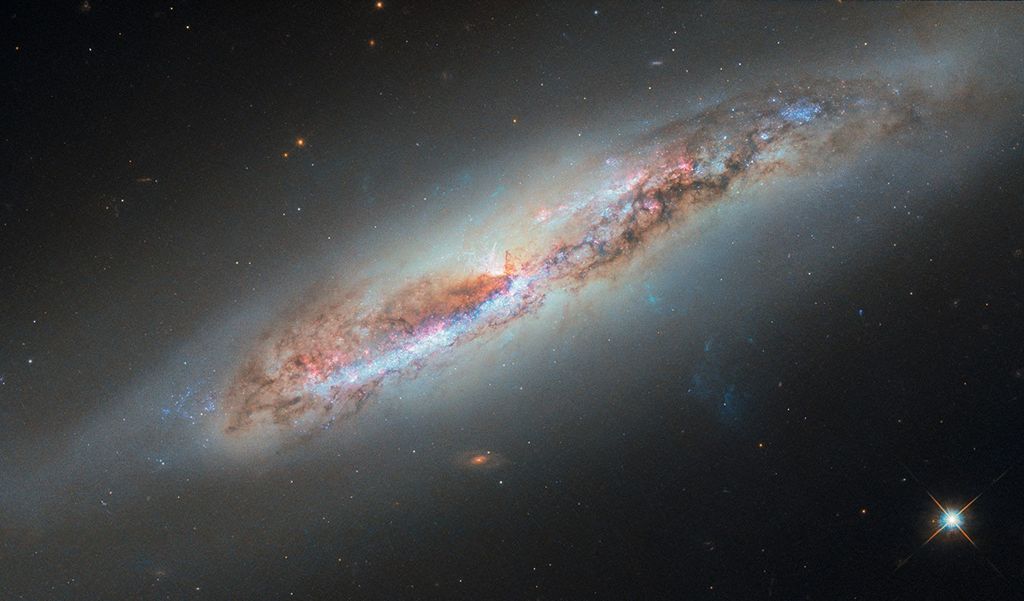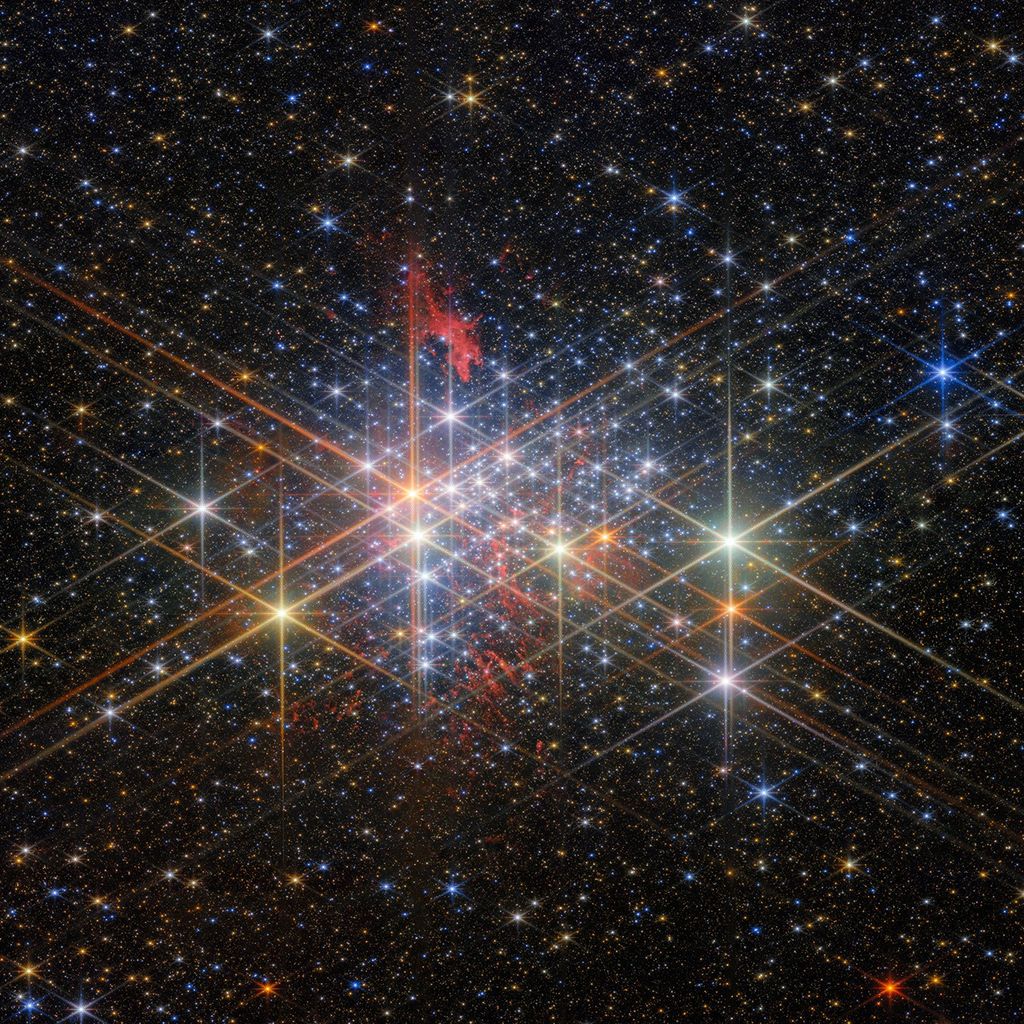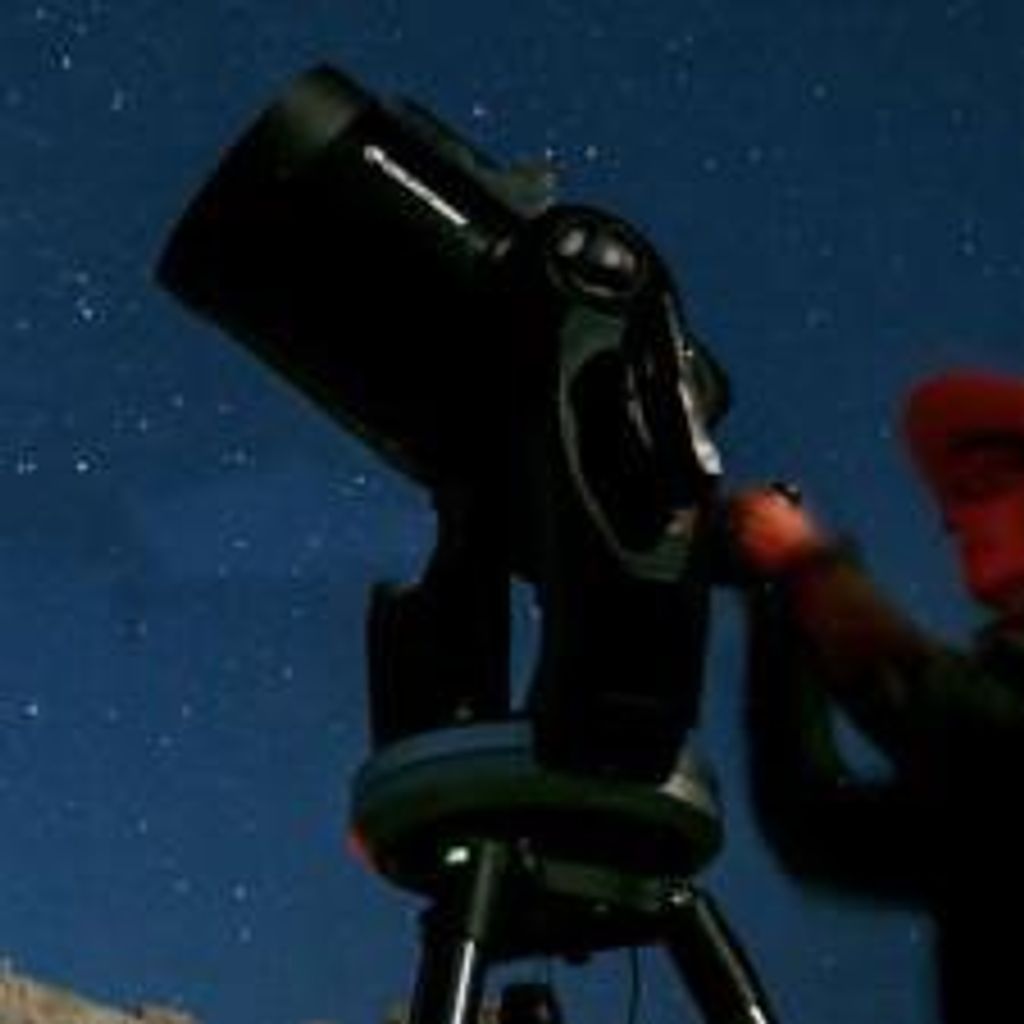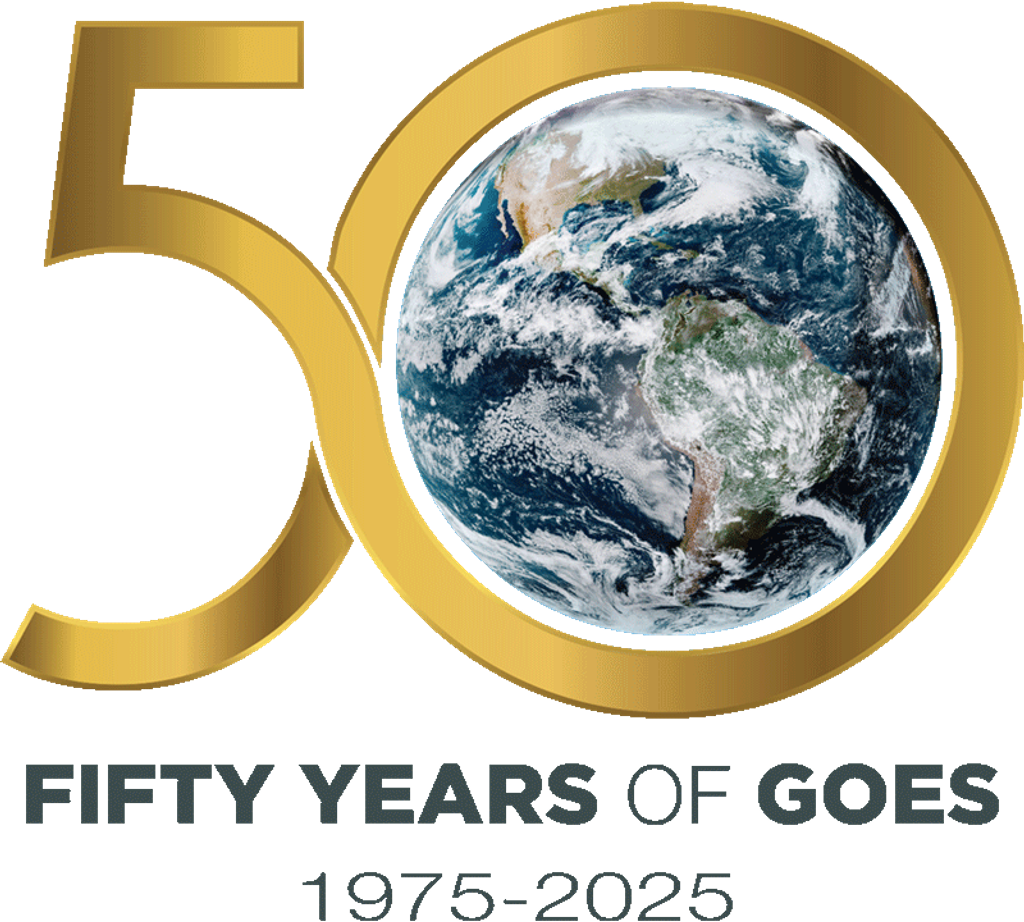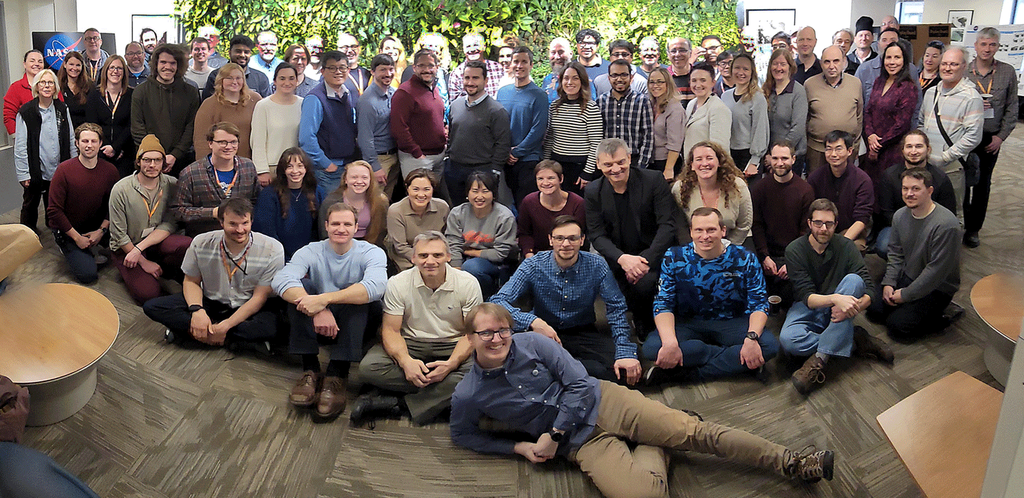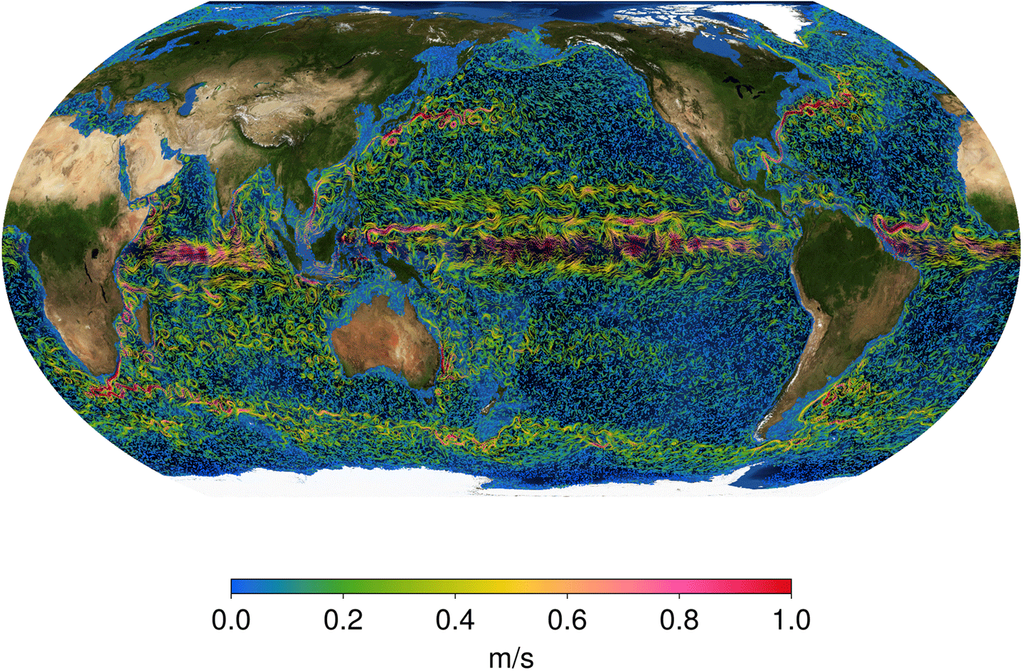Virtual Field Trips
Explore different NASA missions and NASA’s Wallops Flight Facility through one of our virtual experiences!
Virtual field trips are taught live by an informal education specialist at the Wallops Visitor Center and are approximately 30-45 minutes long. Depending on your booking, these programs include an interactive presentation and a question-and-answer session.
Schedule your Virtual Field Trips
Please review the comprehensive Virtual Field Trip planning guide below for more information on eligibility and scheduling a program. The Visitor Center’s virtual field trips include a 30-minute interactive presentation with the option to add a 15-minute question and answer session. All virtual field trip programs are available to grades K-12, and can be scheduled at least seven days in advance and as far as 90 days in advance. Virtual field trips are conducted live by a Visitor Center informal educator, and are approximately 30-45 minutes in length, depending on the grade level of the students. Groups must have a minimum of 15 student participants, and educators in the same school or district are encouraged to combine classes virtually, to allow for increased participation. Virtual field trip participants may not be charged a fee to attend the program. Groups interested in scheduling a virtual field trip with the Wallops Visitor Center should review the Virtual Field Trip Planning Guide and follow the scheduling instructions contained in that document.
2025-26 Virtual Field Trips
Option 1: Our Neighbor the Moon
What is something up in the sky visible during the day and at night? Something that may be dim or shine bright? What might have a different shape when we look at it on different days? It’s our neighbor, the moon! Join us on a short adventure about the moon and NASA’s plans to go back and visit.
Option 2: Moon to Mars
Why is NASA going back to the moon and what’s left to discover? How will going to the moon help astronauts get to Mars? Why do we want to land astronauts on Mars? We’ll answer these questions and more as we explore from the Moon to Mars. Following the discussion, students can get an idea of how large our solar system is as they create a pocket-size scale model of the solar system.
Option 3: Spaceship Earth
Earth is our oasis in space and the only place that can support life as we know it. To better understand our complex, ever-changing planet, we’ll explore how NASA monitors and collects information about five interconnected Earth systems: hydrosphere, atmosphere, cryosphere, biosphere, and geosphere. As travelers on “Spaceship Earth,” you and your students will consider how interactions between air, water, rock, and life change on our planet and its climate. Are all systems go? This 60-minute program consists of an interactive presentation, a short question-and-answer session, and a hands-on activity – all led live by one of our educators.
Option 4: Tour of the Solar System
Buckle up for an incredible journey through our solar system as we travel from the blazing Sun to the icy outer planets, visiting eight amazing worlds along the way. During our adventure, you’ll explore Mars’ red landscapes, marvel at Saturn’s magnificent rings, and discover what makes each planet unique. From rocky inner worlds to massive gas giants, we’ll uncover the mysteries and wonders of our cosmic neighborhood. Get ready to see stunning imagery, learn fascinating facts, and gain a new appreciation for the incredible diversity of worlds that surround us.

Onsite Field Trips
Educators and their groups are welcome to explore in person during onsite field trips to the Wallops Flight Facility Visitor Center in Wallops Island, Virginia. Admission to the Visitor Center is free of charge. To notify the Visitor Center of your intended field trip, email us with information about the date of your visit, time of arrival, grade level(s), and number of guests (adults and youth) in your group. Review the Field Trip Guide for more information and self-guided field trip recommendations.
Onsite Self-Guided Field Trip
Explore the exhibits on your own, included in all field trips. Educators and their groups are welcome to explore the engaging exhibits during a self-guided field trip. Current Visitor Center exhibits may include:
- The NOAA Science On a Sphere interactive theater
- Exploring Engineering Design Process with Sounding Rockets
- Lunar Surface Exploration Exhibit
- Outdoor Rocket Garden and Observation Deck
Groups may request one Visitor Center educator-guided program in advance. Larger groups of up to 100 participants may choose from two interactive assembly shows, and smaller groups of up to 30 participants may choose from a variety of hands-on programs. Limit one add-on program (assembly show or hands-on activity) per group. See the onsite program options for more information.
Onsite Assembly Shows
Assembly shows are 60 minutes long and adapted to the specified grade level of program participants.
Request to add a guided assembly show to your self-guided field trip. Choose from one of the topics below.
Option 1: Explore Solar System & Beyond: In this 60-minute add-on onsite program led by one of our educators, participants explore the origin, components, forces, and scientific exploration of our local solar system “neighborhood” in space. The Explore Solar System & Beyond Assembly Show is adapted to the specified grade level of participants and is for up to 100 participants.
Option 2: Guided Solar System Tour on NOAA Science On a Sphere Interactive Theater: (NEW) Explore NASA planetary missions and our solar system through an educator-guided tour on our NOAA Science On a Sphere Interactive Theater with stops at the Sun, planets, dwarf planets, and the moon. Then, students can get an idea of how large our solar system is as they create a pocket-sized scale model of the solar system. The Guided Solar System Tour is adapted to the specified grade level of participants, for up to 60 participants, and the hands-on activity is recommended for grades 3-8.
Grades K-2 Onsite Programs
Select one 60-minute program for up to 30 participants.
Smaller groups can request to add a Visitor Center educator-guided hands-on program to your self-guided field trip. Choose from one of the topics below.
Option 1: Stomp Rocket Rumble (forces, motion, technology): Some rockets carry science tools- not scientists- into space! In this program, your budding rocket scientists will explore sounding rockets and basic forces as they build and launch a stomp rocket.
Option 2: Imagination Playground (creativity, motor skills, communication): If your students like to tinker, build and create, they’ll love Imagination Playground! Using oversized dense foam blocks, gears, chutes, and hinges, they’ll work together to explore simple machines and build cosmic creations.

Grades 3-5 Onsite Programs
Select one 60-minute program for up to 30 participants.
Smaller groups can request to add a Visitor Center educator-guided hands-on program to your self-guided field trip. Choose from one of the topics below.
Option 1: Seltzer Rocket Splatter (forces, motion, chemistry, art): Propel toward the skies as we explore rockets and experiment with fuel rations to maximize rocket altitude! Participants will launch on a goldenrod paper platform, allowing them to create and take a unique art piece home.
Option 2: Parachute Design (inquiry, forces of flight, design, math): Students learn how NASA Wallops Flight Facility tested the latest parachute used to land the Perseverance Rover on Mars, then explore the principles of flight and balancing of forces as they design a parachute that must safely deliver a payload.

Grades 6-8 Onsite Program
Select one 60-minute program for up to 30 participants.
Smaller groups can request to add a Visitor Center educator-guided hands-on program to your self-guided field trip. Choose from one of the topics below.
Option 1: “Strawkets”: Air-Powered Rockets (forces and motion): Explore the basic parts of a rocket and work through the engineering design process to aim for a target using our high-powered straw rocket launchers
Option 2: Rigamajig Engineering Spacecraft Challenge (solar system, engineering, technology): Students work in teams to design and construct a spacecraft set to explore a mysterious location within our solar system.

Assembly Shows for any grade!
Select an assembly show to enhance your group’s self-guided experience.
Option 1: Explore Solar System and Beyond – up to 100 participants
In this 60-minute add-on onsite program led by one of our educators, participants explore the origin, components, forces, and scientific exploration of our local solar system “neighborhood” in space. The Explore Solar System & Beyond Assembly Show is adapted to the specified grade level of participants.
Option 2: Guided Solar System Tour – up to 30 participants
Explore NASA planetary missions and our solar system through an educator-guided tour on our NOAA Science On a Sphere Interactive Theater with stops at the Sun, planets, dwarf planets, and the moon. Then, students can get an idea of how large our solar system is as they create a pocket size scale model of the solar system. The Guided Solar System Tour is adapted to the specified grade level of participants, and the hands-on activity is recommended for grades 3-8.


